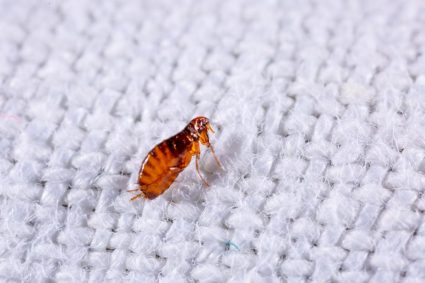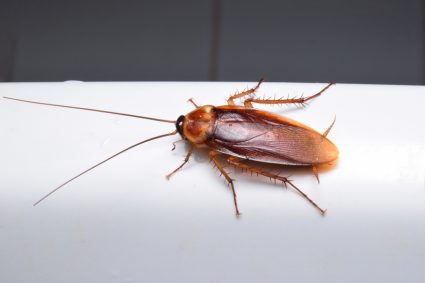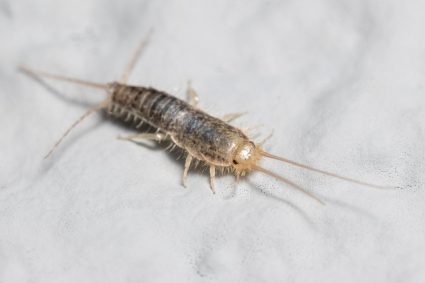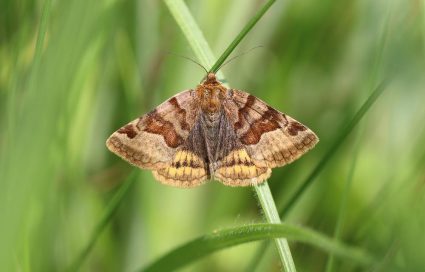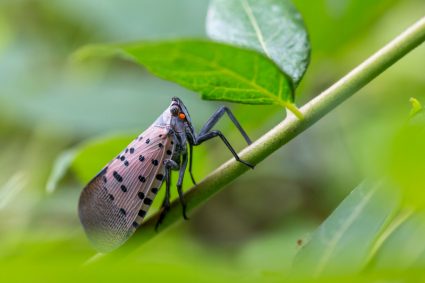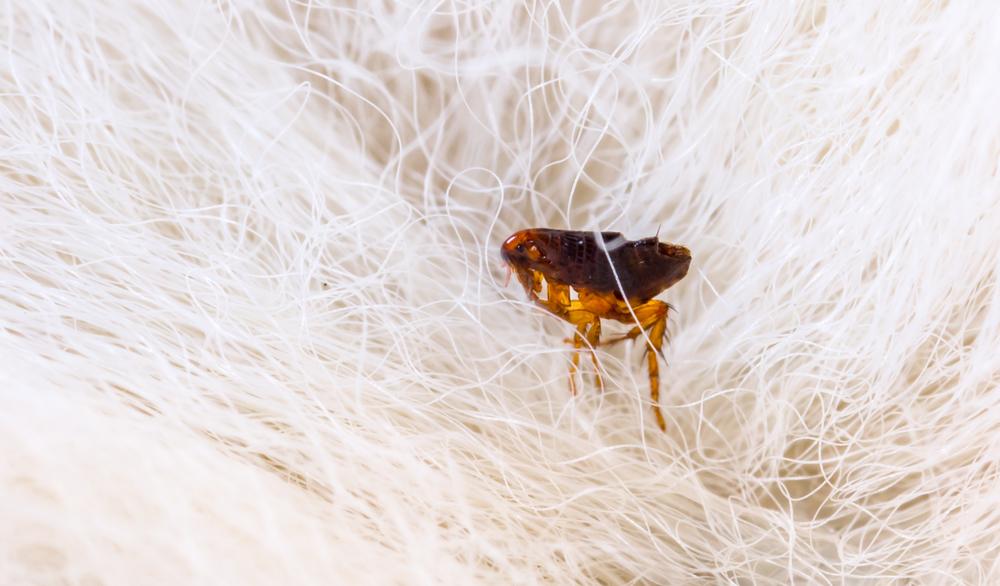
Fleas are a common problem for pet owners and can wreak havoc on your home if left untreated. But when exactly do fleas start? The answer to this question can vary depending on several factors, including the climate, the environment, and the lifestyle of your pet.
Fleas can start at any time, but they are most active during the warmer months, typically from spring to fall. The exact timing can depend on several factors, including the climate, the environment, and the lifestyle of your pet. Fleas go through four stages: egg, larva, pupa, and adult, with the duration of the life cycle ranging from a few weeks to several months, depending on environmental conditions.
Flea Season: When It Starts and Ends
The flea season typically begins in the spring and lasts until the fall. Fleas thrive in warm and humid conditions, making them most active during the warmer months. The exact duration of the flea season can vary depending on the location and climate. In some states, flea season can last anywhere from 6-9 months, while in others, it can be a year-round issue. Flea and tick activity is most prevalent in warmer climates, with the United States experiencing increased activity from March to September. [Link to a source with more information about regional flea seasons]
The Life Cycle of a Flea
Understanding the life cycle of a flea can help you understand when fleas start. Fleas go through four stages: egg, larva, pupa, and adult. The duration of the life cycle can range from a few weeks to several months, depending on environmental conditions such as temperature and humidity. [Link to a source with more information about the flea life cycle]
Environmental Conditions That Contribute to Flea Infestations
Several environmental conditions contribute to the start of flea infestations. Fleas thrive in warm and humid weather, making infestations more common during the summer months. Infestations can also occur in improperly maintained outdoor areas, indoor environments with carpets and central heating, and shady, moist outdoor areas. Fleas can also spread through contact with other infested animals. [Link to a source with more information about environmental conditions that contribute to flea infestations]
Early Signs of a Flea Infestation
Recognizing the early signs of a flea infestation can help you take action before the problem gets out of hand. These signs include excessive scratching in pets, hair loss, welts and red skin, bites around your ankles and knees, and the presence of fleas on your socks after walking around your house. [Link to a source with more information about early signs of a flea infestation]
How to Prevent a Flea Infestation
Preventing a flea infestation involves regularly cleaning your home, limiting your pet’s time outdoors, bathing and brushing your pets regularly, treating your pets with flea control products, and maintaining your yard. [Link to a source with more information about preventing flea infestations]
Health Risks Associated with Fleas
Fleas can pose several health risks to both pets and humans. These include flea allergy dermatitis, tapeworms, anemia, Bartonellosis, and murine typhus. [Link to a source with more information about health risks associated with fleas]
Effective Treatments for Flea Infestations
Effectively treating flea infestations involves a combination of sanitation, pet treatment, home treatment, and follow-up treatments. [Link to a source with more information about effective treatments for flea infestations]
In conclusion, while fleas can start at any time, they are most common in the warmer months. By understanding the life cycle of fleas and the environmental conditions that contribute to infestations, you can take steps to prevent and treat infestations, protecting your pets and your home.
Frequently Asked Questions
Can humans get fleas from their pets?
Yes, while fleas typically prefer to feed on pets, they can also bite humans. However, they do not live on humans as they do on pets.
How can I tell if my pet has fleas?
Some signs that your pet might have fleas include excessive scratching or biting at the skin, hair loss, and small dark specks in their fur (these are flea droppings).
Can indoor pets get fleas?
Yes, indoor pets can still get fleas. Fleas can enter your home on clothing or shoes, or through small openings in windows or doors.
Can fleas live in human hair?
While fleas can bite humans, they typically do not live in human hair. They prefer to live in the fur of pets.
Are there natural remedies for fleas?
There are some natural remedies for fleas, such as using certain essential oils or diatomaceous earth. However, these methods may not be as effective as traditional flea treatments. It’s best to consult with a vet for the most effective treatment options.
Can fleas survive in cold weather?
Fleas can survive in cold weather, but they prefer warm, humid conditions. In colder climates, fleas may go dormant or die off in the winter, but they can survive in the pupa stage for several months and re-emerge when conditions are favorable.

